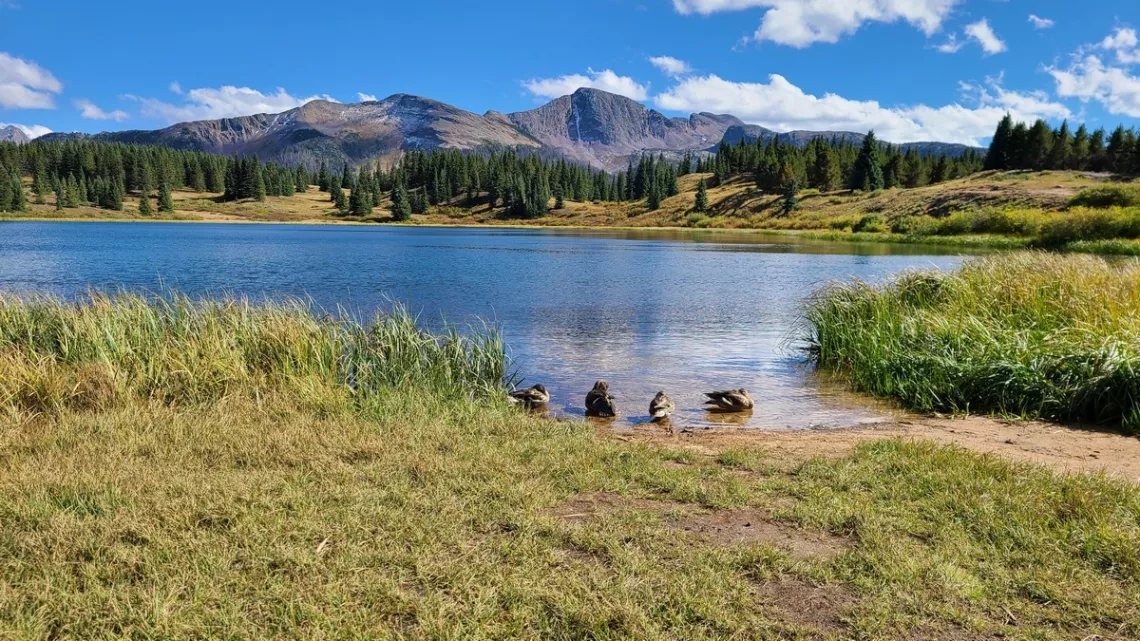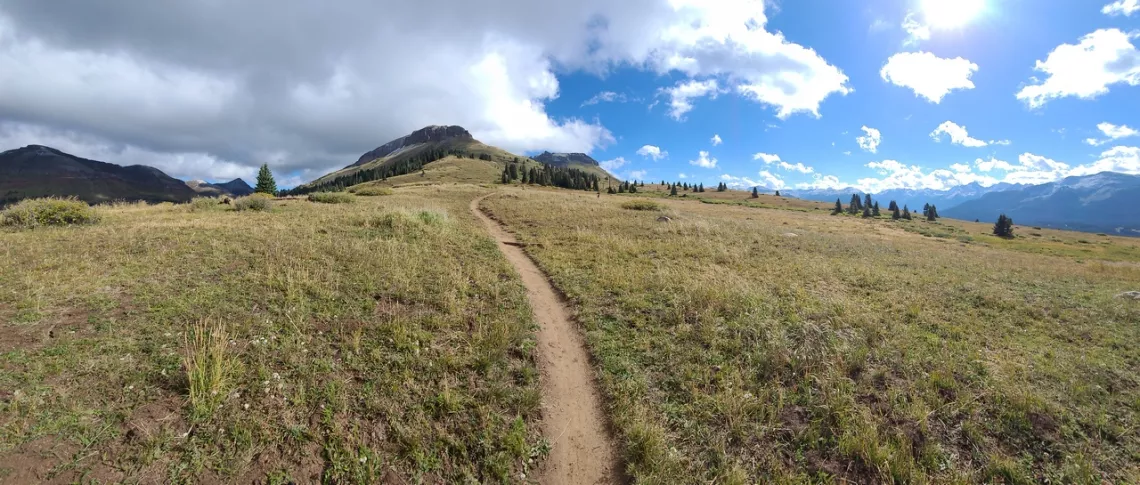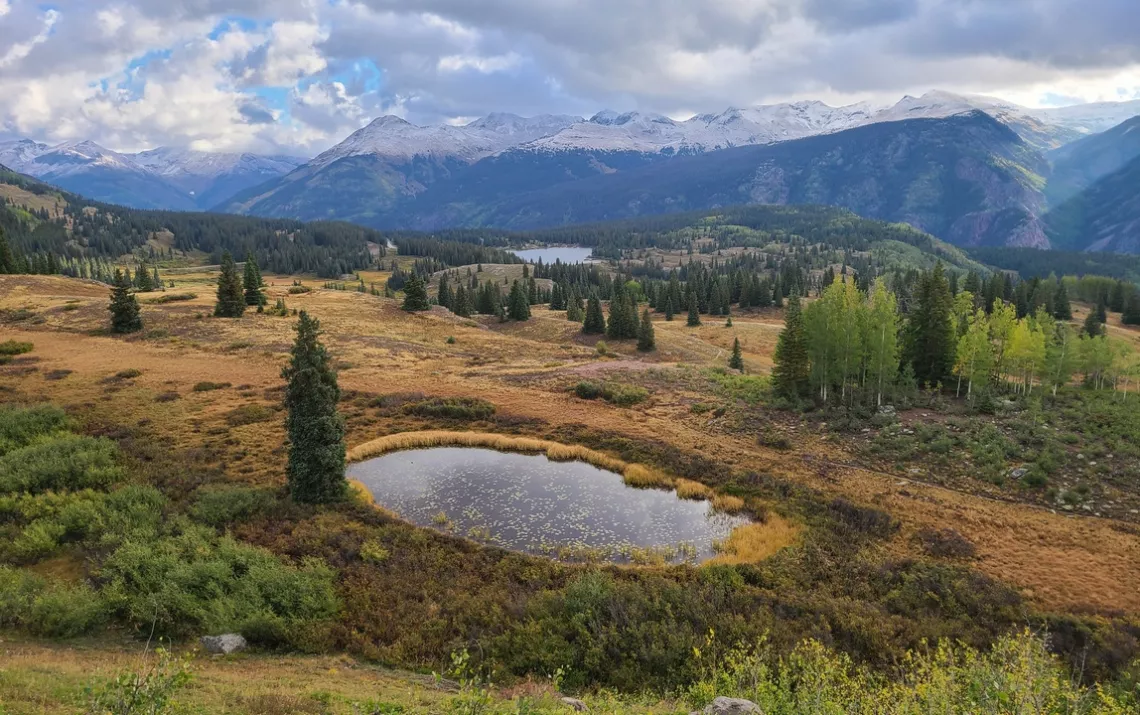A Book that Changed My Understanding of Life on Earth
I can’t stop thinking about two (of many) species described in Zoë Schlanger’s 2024 book The Light Eaters: How the Unseen World of Plant Intelligence Offers a New Understanding of Life on Earth. I had never heard of them before. And, the book has changed my understanding of life on Earth!
The first mind-boggling species is the mimic plant Boquila trifoliolata which is able to modify its leaves to match an adjacent plant’s leaves. Once the B. trifoliata vine approaches another plant, the leaves of the B. trifoliata begin to change its size, shape, color, vein patterns, spines, and orientation to match the other plant; sometimes expanding to 10x their original size. One vine is capable of simultaneously mimicking multiple hosts.
Here is one of dozens of Tik Tok videos about this plant. It seems like B. trifoliata is able to somehow see other plants since it is capable of mimicking the leaves of plastic plants. Are plants watching us?
The other species which changed my view of life on Earth is the solar-powered sea slug Elysia chlorotica. With the common name of “eastern emerald elysia”, this “animal” uses chloroplasts from the algae it eats for photosynthesis. The slug holds the algal strand firmly in its mouth and sucks out the contents as from a straw. Instead of digesting the entire algal cell contents, it retains only the chloroplasts, by storing them within its digestive system. It then incorporates the live chloroplasts into its own gut cells as organelles, i.e., specialized structures within a living cell. This green sea slug, which can be found in Texas, can capture energy directly from light like a plant.
We’ve come a long way from Carl Linnaeus and his classification of living things into plants and animals! With today’s technology, is it possible to modify other animals to directly live off sunshine?
by Bill Barker, Alamo Group Executive Committee memberNew Book at SAPL: Treekeepers, Race for a Forested Future
In recent years, planting a tree has become a catchall to represent "doing something good for the planet." Many companies commit to planting a tree with every purchase. But who plants those trees and where? Will they flourish and offer the benefits that people expect? Can all the individual efforts around the world help remedy the ever-looming climate crisis?
In Treekeepers, Lauren E. Oakes takes us on a poetic and practical journey from the Scottish Highlands to the Panamanian jungle to meet the scientists, innovators, and local citizens who each offer part of the answer. Their work isn't just about planting lots of trees, but also about understanding what it takes to grow or regrow a forest and to protect what remains. Throughout, Oakes shows the complex roles of forests in the fight against climate change, and of the people who are giving trees a chance with hope for our mutual survival.
Timely, meticulously reported, and ultimately optimistic, Treekeepers teaches us how to live with a sense of urgency in our warming world, to find beauty in the present for ourselves and our children, and to take action big or small.
by Alan Montemayor, Alamo Group ChairNo Meeting in November
The Alamo Group of the Sierra Club holds its general meetings the 3rd Tuesday of most months. They're always free and open to the public.
Southwestern Colorado — Just a Couple Neat Spots
Very nice is the east end of Continental Divide Trail (CDT) section 25, which goes west from Molas Pass at US 550 in San Juan National Forest, about 8 miles south of Silverton. Maybe do a few miles out and back; no serious climbing till 8 miles west. Just west of US 550 there is Little Molas Lake campground with the trailhead, good article at UnderCoverColorado.com. Nice campsites with a toilet and water.


Doing a hike on the CDT we might wonder where the Continental Divide really is. Looking at my topo map, at Molas Pass the CDT is well north of the divide, then goes east 13 miles on section 24 and cuts north actually on the divide through Weminuche Wilderness. The headwaters of the Rio Grande are a few miles north. Just west of the divide there are Highland Mary Lakes, remembered right there is the loop I did July 2020 including a bit of the divide, article in April 2023.
The CDT could instead be called the GDT, as the Continental Divide is also known as the Great Divide. There was an article about this with map of continental divides in North America, October 2015 (PDF).

CDT section 24 goes east from Molas Pass, a mile south of the campground turnoff on US 550. In the next picture, which was taken just before doing the hike mentioned above. On the trail it is 5 miles each way to the Animas River with elevation diff of 2000'. Could have done that but only did a little bit from Molas Lake and then turned around at the steepish section. Oh well.

A mile south of the pass on US 550 there is a turnoff south to a trailhead at Andrews Lake. A trail goes to Crater Lake and then to North Twilight Peak, 7 miles each way, gain 3000'. Wow this surely I would like to have done when younger. I imagine some people camp at the lake. Here's a map and GPX at HikingProject.com.
Corbett and Dallas trails loop
Just another hike in a pile to choose from in southwest Colorado. The trailhead is 5 miles north of Ouray west off US 550, in Uncompahgre National Forest. I hiked counter-clockwise, on the Dallas trail first and then at 2.1 miles cutting south on the Corbett trail and after another couple miles turning east at a trail junction. This was supposed to be 4.7 miles total but the trail actually went further west on the north-south section of Corbett adding a mile, no big deal except for that confusing diversion from the supposed route using the GPX files from HikingProject.com (above links to the respective pages). This is usually a good resource with descriptions, down-loadable GPX files and maps.
To find trails we might wish to do: from the HikingProject.com initial page search for an area or park name, comma state (CO or such). If nothing is listed search for a nearby city and scroll the map to see what trails are documented. Click on the map, go full screen and zoom out/scroll around till find the area of interest. Click on a trail, then on the trail name, and see the detail page for that one.

Camping
There are a bunch of campgrounds in this national forest; with a search we can find info. A key resource for this area is the Grand Mesa, Uncompahgre and Gunnison national forests website. From Visit Us we can go to Recreation, Camping, and then Campgrounds or Dispersed camping. The pages then can be confusing as the campgrounds are listed by ranger district, but if we know a campground name from finding it on a map then it should be on the list. Or use the Recreation Areas list on the right side of the campgrounds page if we know an area name. Seems the campgrounds may only be open June-early October. Dispersed camping is available as usual in national forests; here is the guidelines PDF.
An interesting large bunch of dispersed camping spots are at Ironton Park, an old mining town, about 8 mile south of Ouray on US 550. I used a camp spot on the east side of the highway, some trails there also.
Particularly for dispersed camping we would best be well prepared vehicle-wise and of course for personal needs. This is not just for ourselves; we could well encounter someone else with a need we could help with. There was an article about this June 2023.
by Kevin Hartley, Sierra Club Life Member
Outings: The Call of the Wild
Visit the Alamo Sierra Club Outings page on Meetup for detailed information about all of our upcoming Sierra Club Outings.
The Alamo Sierran Newsletter
Richard Alles, Editor
Published by the Alamo Group of the Sierra Club, P.O. Box 6443, San Antonio, TX 78209, Website.
The Alamo Group is one of 13 regional groups within the Lone Star Chapter of the Sierra Club.
Changed your contact information?
If you're not sure whether the Sierra Club has your current email address, send an email to Member Services with your name and address and/or member ID (see Locating Your Member ID) so they can add your email address to your member record.
Have you moved? Let us know by sending your old address, your new address and your member ID to: address.changes@sierraclub.org.
Go online for the latest news and events
 |